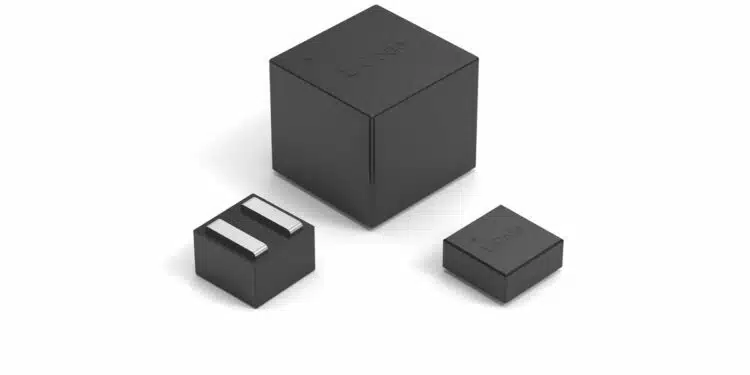Würth Elektronik expands its range of power inductors by eight new sizes in the extremely efficient flat wire inductor series WE-XHMI SMT.
These compact yet extremely efficient inductors feature high current capacity up to 56 A saturation current and the ability to handle high transient current spikes.
This makes them particularly suitable for use as DC/DC converters in power supplies, point-of-load converters and high-current filters, as well as in industrial computers, mainboards and graphics cards.
The molded flat wire inductor, previously only available in the Power Magnetics product family, now also comes in 4020, 4030, 4040, 5020, 5030, 5050, 7030 and 7070 package sizes.
The series is also available in smaller packages, and the 70xx sizes close a gap in the existing portfolio. The new packages help to further optimize the production process, resulting in a significant improvement in the electrical properties RDC, Isat and Ir.
The AEC-Q200-qualified WE-XHMI series inductors can be used at operating temperatures from -40°C to +125°C and cover an inductance range from 0.15 to 33 µH with currents up to 56 A.
Advantage of flat wire coils
Using the WE-XHMI flat wire inductor improves efficiency and effectiveness thanks to very low winding resistance. The design as a flat wire coil with a composite core material achieves extremely low copper losses and stable behavior with temperature fluctuations. What’s more, the use of flat wire reduces the skin effect, as there is a larger surface area with the same cross-section.
All package sizes of SMT power inductors are now available from stock without a minimum order quantity. Free samples are available for developers.
































